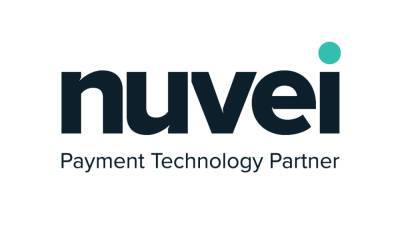View: Gold to Fiat to Virtual Digital Assets – Where are we heading?
The emergence of virtual digital assets and blockchain technology is reshaping financial services and is disrupting multiple areas like digital payments, investment management and asset management. These new developments along with some of the other notable changes like the transition from LIBOR to alternate reference rates, proposal to completely revamp the capital calculation for Banks from Basel 2.5 to FRTB and incorporation of climate risk are all occurring simultaneously and have led to very interesting times in the financial services industry.Virtual digital assets have gained a lot of popularity in recent times and are being considered by many across the globe as an alternative investment and payment option.
A cryptocurrency is a form of virtual digital asset that operates based on a network that is distributed across many nodes. This decentralized structure allows them to exist outside the control of a central authority.
These digital assets are secured using cryptography and stored in a decentralized record system (public ledger) using blockchain technology which enables faster and highly secured transfer of value. Cryptocurrencies also have their own disadvantages in the form of high volatility, high mining costs and potentially high variable spread charged by exchanges which increase the cost of the transaction.The total traded volume of cryptocurrencies in 2021 across the globe was roughly $14 trillion.
In India, cryptocurrencies witnessed record-breaking trading volumes of over $43 billion. Cryptocurrency trading has witnessed a lot of new participation in India from Tier-2 cities and the millennial and generation Z groups.CBDCs and IndiaGiven the high volatility experienced by private digital virtual
. Read more on cnbctv18.com









